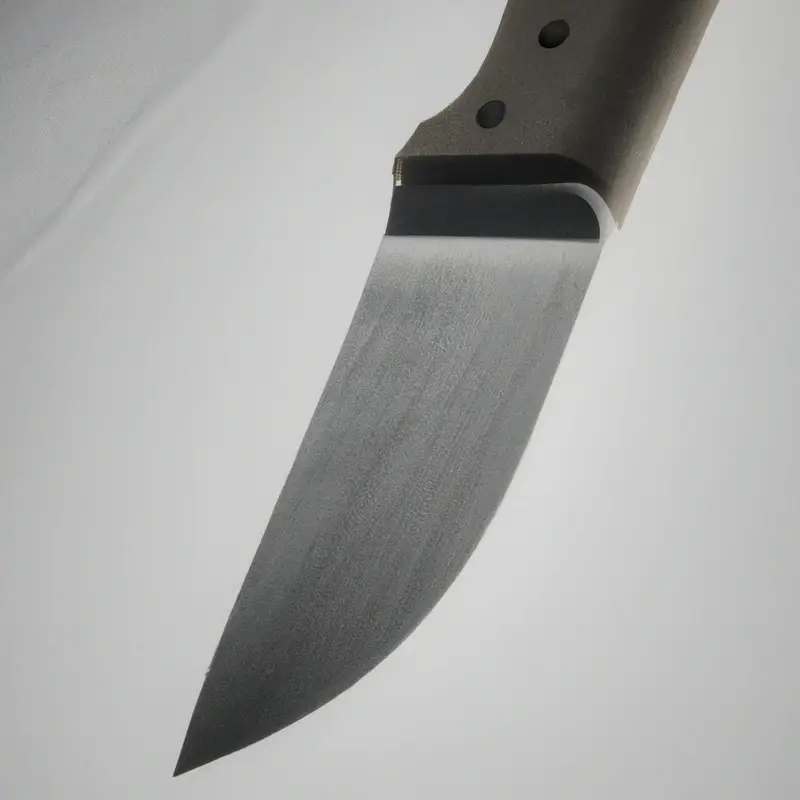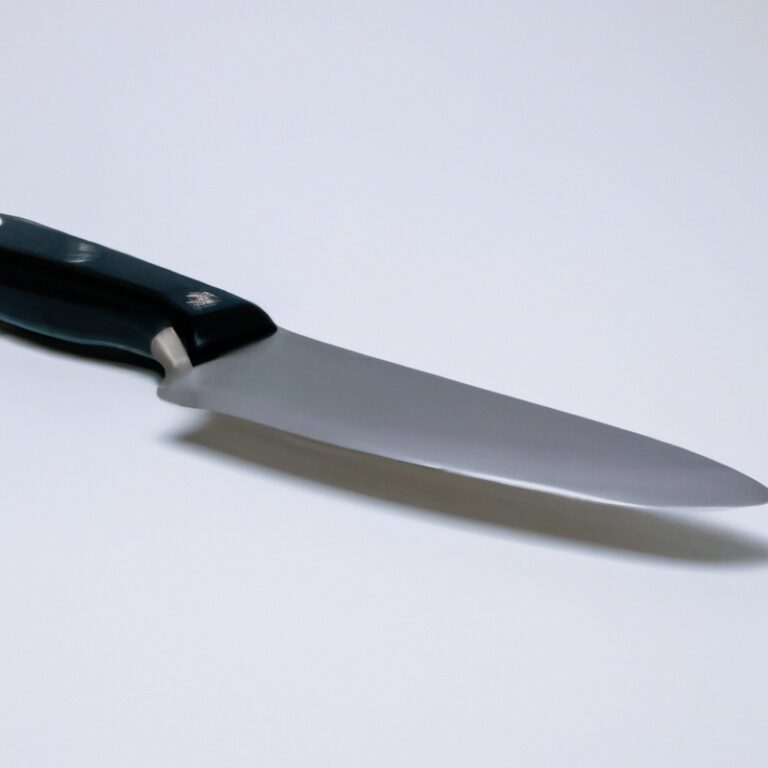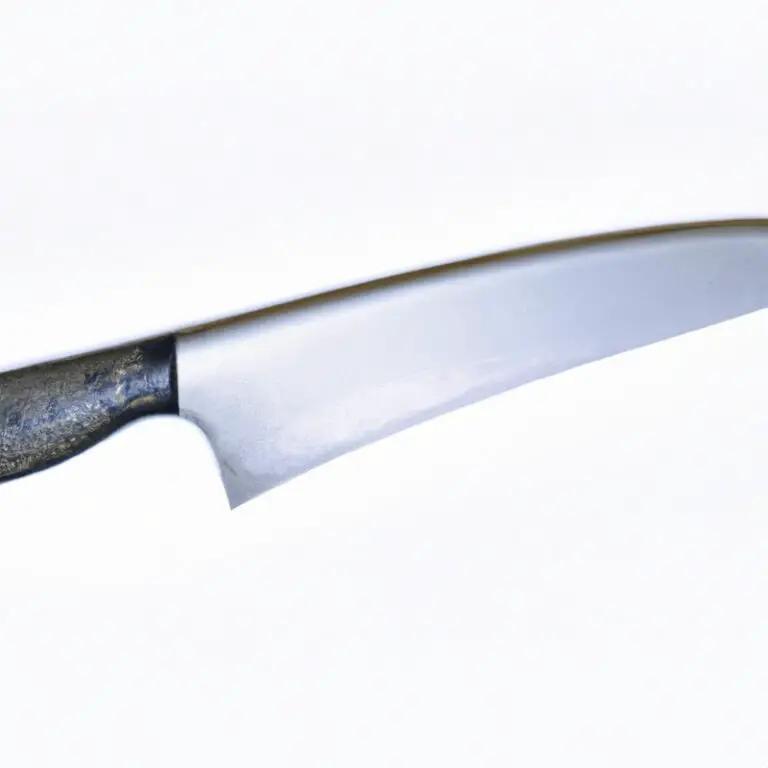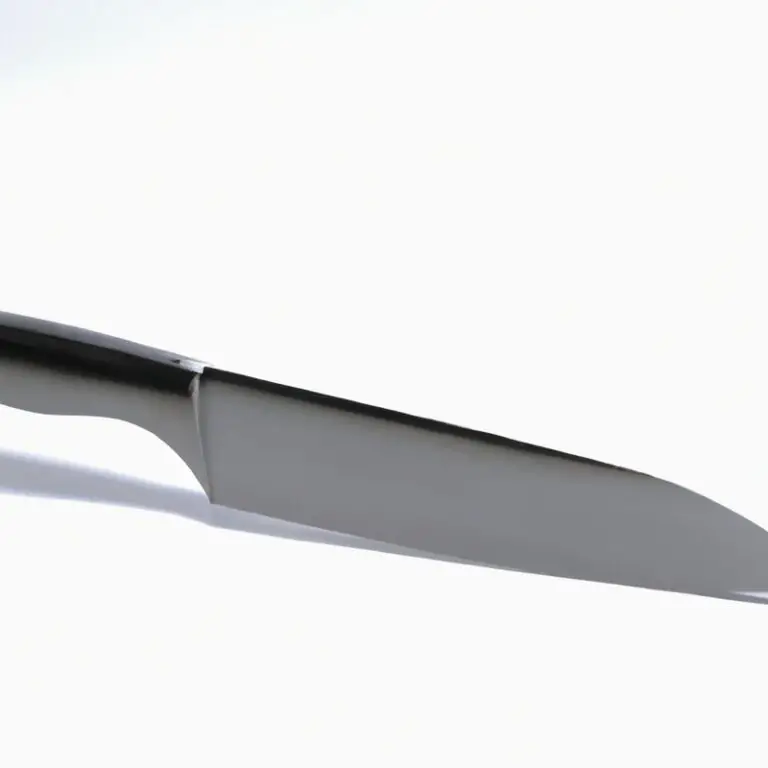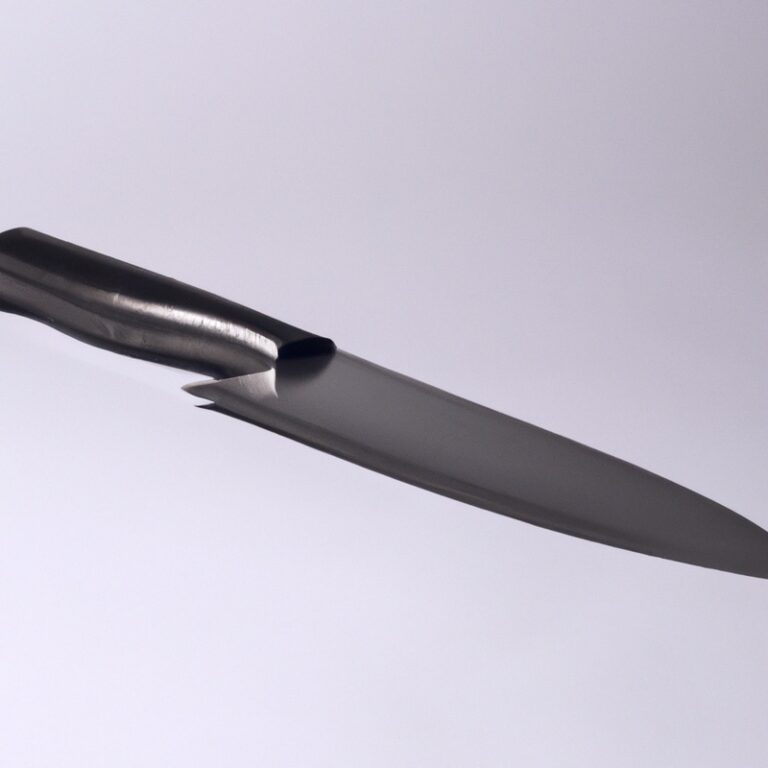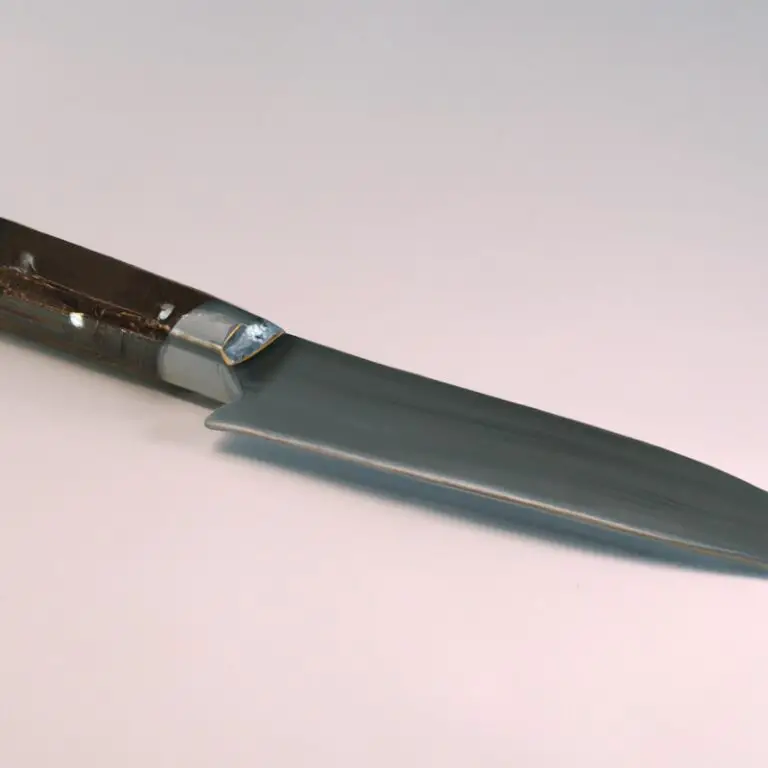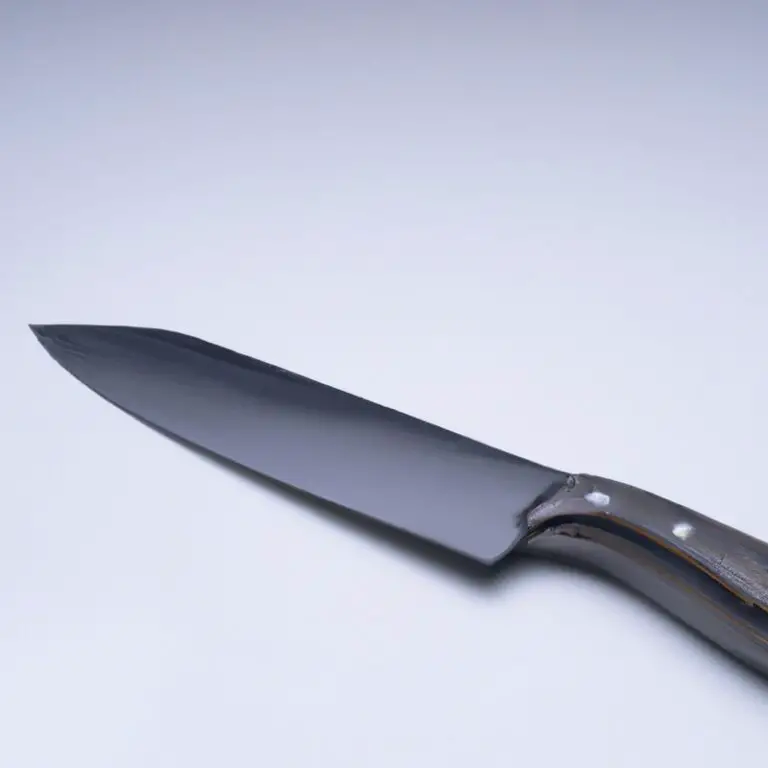Which Knife Steel Is Best For Boning Knives?
Key Takeaways:
- High-carbon stainless steel is the most popular choice for boning knives due to its durability, corrosion resistance, and easy maintenance.
- Boning knives made from top-grade Japanese steel offer exceptional sharpness and precision, making them ideal for delicate tasks.
- Damascus steel, known for its beautiful patterns, provides great edge retention and versatility when it comes to boning.
- Look for knives with a hardness rating between 54 and 60 HRC for a balance between durability and sharpness.
Are you a passionate home cook or a professional chef looking to up your boning game? If so, you’ve come to the right place! When it comes to boning knives, the type of steel used can make all the difference in terms of performance, durability, and ease of use.
But with so many options out there, how do you know which knife steel is best?
In this article, I’ll dive deep into the world of knife steel, explaining its importance in boning knives and highlighting the top steel types recommended for this specialized task. Get ready to take your boning skills to the next level!
| Steel Type | Pros | Cons |
| Stainless Steel | – Highly resistant to corrosion | – Can be more difficult to sharpen – Less edge retention compared to other steel types |
| High Carbon Stainless Steel | – Strong and durable | – May be prone to rust if not properly maintained – Requires regular sharpening |
| VG-10 | – Excellent edge retention | – More expensive than other steel types – Can be more susceptible to chipping |
| SG2 | – Exceptional edge retention | – Very expensive |
| AUS-8 | – Easy to sharpen | – Not as durable as other steel types – Lower edge retention |
Understanding the Importance of Knife Steel for Boning Knives
What is Knife Steel and Why is it Important for Boning Knives?
Knife steel refers to the material used to construct the blade of a knife.
It plays a crucial role in the performance and durability of a boning knife.
The choice of steel impacts various factors, including sharpness, strength, and corrosion resistance.
High-quality steel ensures that the blade retains its sharpness for longer periods, allowing for precise and efficient boning.
Furthermore, the right steel helps prevent rust and corrosion, maintaining hygiene and prolonging the lifespan of the knife.
For boning knives, the selection of the appropriate knife steel is essential for achieving the desired results in meat and fish preparation.
Different Types of Steel Used for Boning Knives
There are several different types of steel used for boning knives, each with its own unique properties. Here are three commonly used ones:
- High Carbon Stainless Steel: This type of steel combines the best of both worlds – the rust resistance of stainless steel and the sharpness and durability of high carbon steel. It is a popular choice for boning knives due to its ability to hold a sharp edge and withstand frequent use.
- VG-10 Steel: Known for its excellent balance of strength and sharpness, VG-10 steel is a high-quality stainless steel that is often used in premium boning knives. It has a high carbon content and is heat treated to enhance its hardness, making it ideal for precise and efficient meat trimming.
- X50CrMoV15: This is a popular steel among professional chefs and butchers. It is a stainless steel alloy that provides a good balance between hardness, corrosion resistance, and ease of sharpening. It is known for its exceptional durability and ability to retain a sharp edge, making it suitable for heavy-duty boning tasks.
These different types of steel offer varying advantages, so it’s important to consider your specific needs and preferences when choosing a boning knife.
Factors to Consider When Choosing Knife Steel for Boning Knives
Blade Hardness and Its Impact on Boning Performance
Blade hardness plays a significant role in the performance of a boning knife.
A harder blade can maintain its sharpness for longer, allowing for precise and efficient meat cutting.
It also reduces the risk of the blade flexing or bending during use, ensuring more control and accuracy.
However, a blade that is too hard may be more brittle and prone to chipping or breaking.
Finding the right balance of hardness is crucial to achieve optimal boning performance.
By understanding the impact of blade hardness, you can select a steel that meets your specific boning needs.
Corrosion Resistance – Essential for Hygiene in Boning
Corrosion resistance is crucial for maintaining hygiene in boning knives. When a knife is not resistant to corrosion, it can develop rust and contaminants, posing a risk to food safety.
Corrosion-resistant knife steel helps prevent the growth of bacteria and avoids the transfer of unpleasant flavors to the meat.
It is important to choose a knife with excellent corrosion resistance to ensure a clean and healthy food preparation process. Regular cleaning and proper storage of the knife also contribute to maintaining its corrosion resistance.
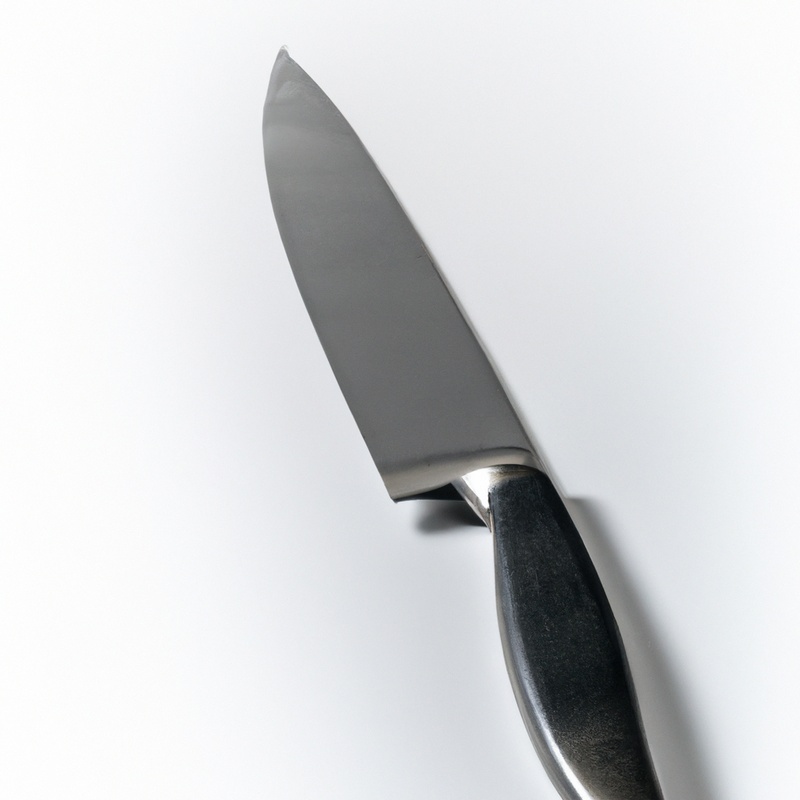
Toughness and Durability – Key for Withstanding Rigorous Use
Toughness and durability are crucial for boning knives that will go through rigorous use.
The toughness of the steel ensures that the knife can withstand impacts and resist breakage.
This is especially important when dealing with hard bones or dense meat.
Durability is key to ensuring that the knife maintains its performance over time without excessive wear or damage.
By choosing a knife steel that is known for its toughness and durability, you can have a boning knife that will last through countless cuts and provide consistent results.
Remember, a tough and durable boning knife is an essential tool for any meat lover or professional chef.
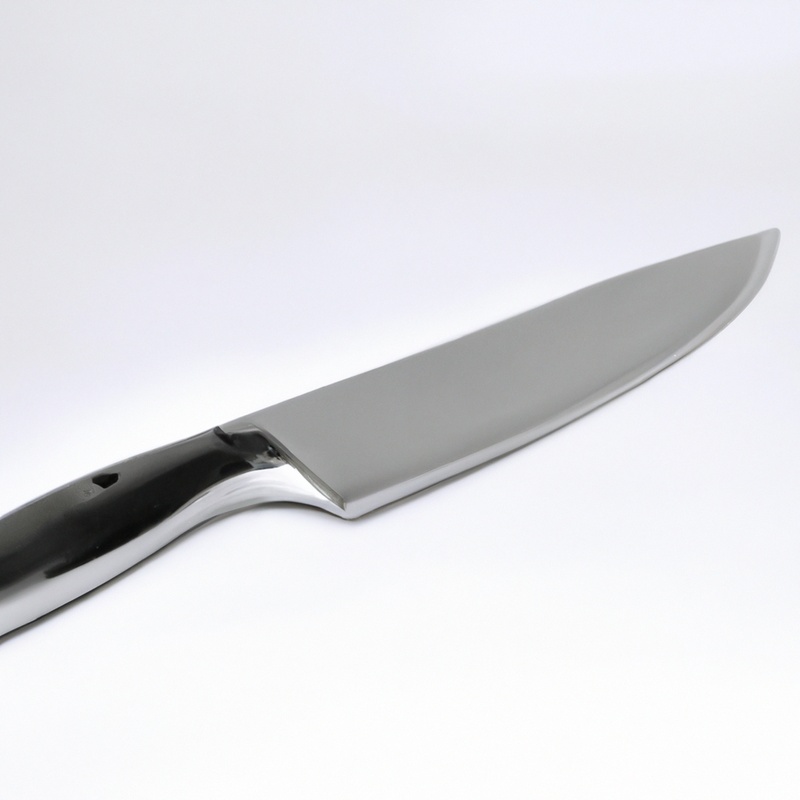
Sharpenability – Ensuring the Longevity of a Boning Knife
Sharpenability is a key factor in ensuring the longevity of a boning knife. When a knife becomes dull, it not only compromises its performance but also increases the risk of accidents during use.
Choosing a knife steel that is easy to sharpen and maintain is essential.
Some knife steels, such as high-carbon stainless steel and VG-10 steel, have excellent sharpenability, making it easier to maintain a sharp edge for prolonged periods. Regular sharpening and honing of the blade will help keep your boning knife in top condition, ensuring its longevity and optimal performance.
Top Knife Steels Recommended for Boning Knives
High-Carbon Stainless Steel: The Best of Both Worlds
High-Carbon Stainless Steel is considered the best option for boning knives because it offers the best of both worlds. It combines the strength and durability of high-carbon steel with the corrosion resistance of stainless steel.
This means that the blade can withstand rigorous use while also maintaining its sharpness and hygiene.
With High-Carbon Stainless Steel, you can enjoy the benefits of a strong and long-lasting blade that is easy to maintain.
VG-10 Steel: The Perfect Balance of Strength and Sharpness
VG-10 Steel is highly regarded for its exceptional balance of strength and sharpness, making it an ideal choice for boning knives.
This steel offers excellent edge retention, allowing for prolonged use without frequent resharpening.
Its high carbon content provides the necessary strength for boning tasks, while the addition of vanadium enhances its hardness and wear resistance.
Additionally, VG-10’s composition makes it highly corrosion-resistant, ensuring hygiene in a professional kitchen setting.
The perfect marriage of strength and sharpness, VG-10 Steel is a top choice for those seeking a reliable and versatile boning knife.
X50CrMoV15: A Go-To Steel for Professional Boning Knives
X50CrMoV15 is a popular choice for professional boning knives due to its excellent combination of qualities. It is a high-carbon stainless steel, which means it offers the best of both worlds – the strength and durability of high carbon steel, and the corrosion resistance of stainless steel.
This steel is known for its exceptional hardness, allowing it to maintain a sharp edge for a long time.
Moreover, it is also easy to sharpen when needed. With these characteristics, X50CrMoV15 is a reliable choice for anyone looking for a high-quality boning knife.
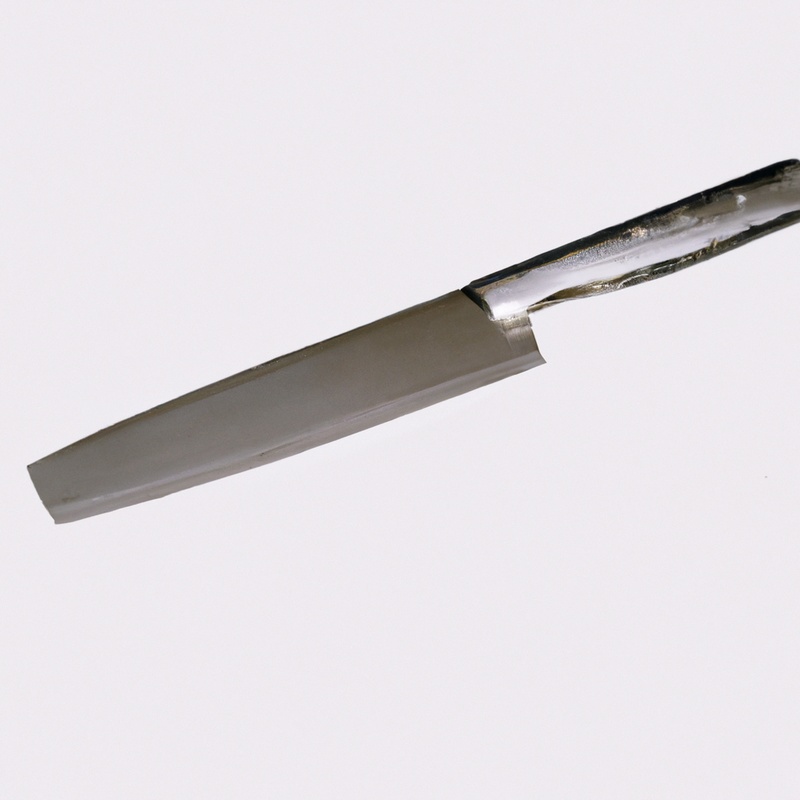
Maintenance and Care Tips for Boning Knives
Proper Cleaning and Drying Techniques for Knife Steel Longevity
Properly cleaning and drying your boning knife is essential for maintaining its longevity.
Here are a few techniques to keep in mind:
- Hand-wash your knife: Avoid putting your knife in the dishwasher as the high heat and harsh detergents can damage the steel. Instead, wash it by hand using warm water and mild dish soap.
- Use a soft cloth or sponge: Gently clean the blade and handle using a soft cloth or sponge. Avoid using abrasive materials that can scratch the surface of the knife.
- Dry immediately: After washing, make sure to dry your knife thoroughly with a clean towel. Moisture can lead to rust and corrosion, so it’s important to remove any water residue.
- Store properly: Once your boning knife is dry, store it in a clean, dry place. Consider using a knife block, sheath, or magnetic strip to prevent the blade from coming into contact with other objects that could damage it.
Regular Sharpening and Honing to Maintain Optimal Performance
To maintain optimal performance and extend the lifespan of your boning knife, regular sharpening and honing are essential. Sharpening helps to restore the sharpness of the blade by removing any dull edges, while honing helps to maintain the blade’s alignment.
Here are a few tips for sharpening and honing your boning knife:
- Use a sharpening stone or honing rod specifically designed for your type of knife steel.
- Follow the manufacturer’s instructions for the correct angle and technique when sharpening.
- Start with the coarse side of the sharpening stone to remove any major dullness, then switch to the finer side for a smoother finish.
- Run the honing rod along both sides of the blade to realign the edge and maintain its sharpness.
- Remember to clean and dry your knife after sharpening to prevent rust or corrosion.
By regularly sharpening and honing your boning knife, you’ll ensure that it remains sharp and efficient for all your meat and poultry deboning needs. Happy boning!
Safe Storage to Prevent Damage and Maintain Sharpness
To prevent damage and maintain sharpness, it’s important to store your boning knife properly.
Here are some tips:
- Use a knife guard or sheath: This helps protect the blade from accidental bumps or scratches when not in use.
- Store it in a knife block or drawer: Keep the boning knife in a designated space to avoid contact with other utensils or surfaces that may dull the edge.
- Avoid storing it loose in a drawer: Without proper protection, the sharp edge can easily get damaged by hitting other objects.
- Clean and dry the knife before storage: Moisture can lead to corrosion and damage the blade, so make sure the knife is completely dry before putting it away.
- Consider a magnetic knife strip: This storage option keeps your boning knife easily accessible while protecting the blade from contact with other objects.
Final Verdict
Choosing the right knife steel for boning knives is crucial for optimal performance and longevity.
Factors such as blade hardness, corrosion resistance, toughness, and sharpenability should be considered when selecting the best steel.
High-carbon stainless steel, VG-10 steel, and X50CrMoV15 are all excellent options for professional boning knives.
To maintain the quality of the knife steel, proper cleaning, drying, regular sharpening, and safe storage practices are essential.
By understanding the importance of knife steel and properly maintaining boning knives, users can ensure efficient and reliable performance in their culinary endeavors.

